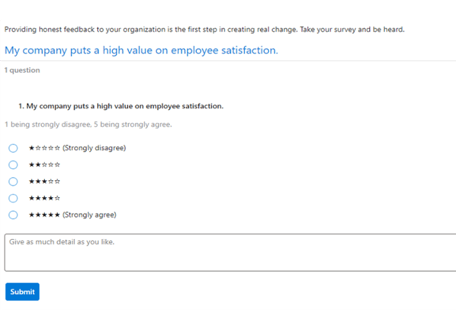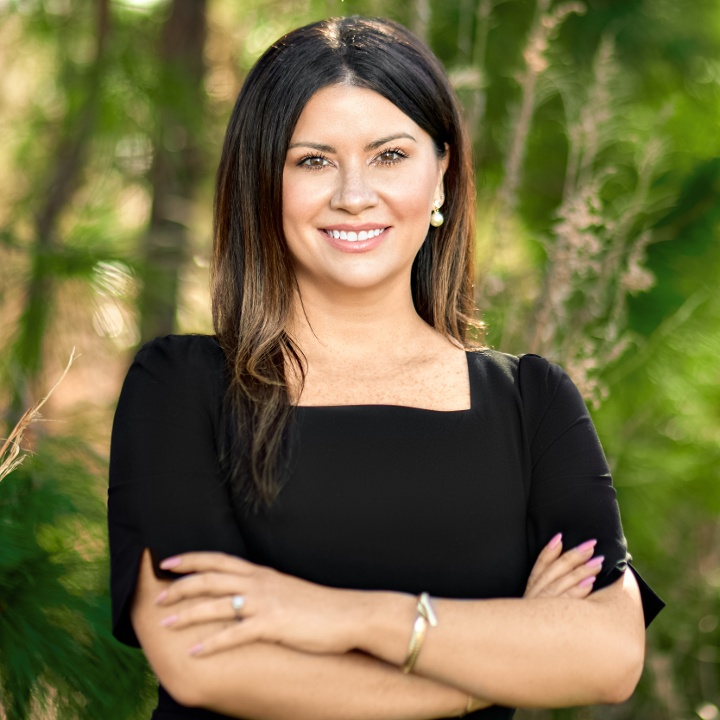.png?width=2000&height=600&name=Copy%20of%20Matthew%20Blog%20Post%20Cover%20(12).png)
Up until March 2020, the thought of hybrid or even remote work at all was not something that Hollaway had considered. How would we pivot to virtual with so many of our projects and client and community interactions requiring in-person communication? Could we shift to virtual? What about our team? Are they prepared to work from home? And, then there is the glaring question of what will happen to our culture?
Fortunately for Hollaway, we successfully answered those questions and learned that we were better prepared than we could have ever imagined. As Chief People Officer for Hollaway, one of my responsibilities is to encourage and ensure a healthy culture, even if our workspace rapidly evolved into one we weren't used to.
What Works for Us
I believe that one of Hollaway's greatest strengths is how we communicate, so of course, that was our first area of focus when we went virtual (outside of our clients). We had been so accustomed to sitting together in one giant, open-concept office and interacting instantly. It was how we learned about the different departments, the projects we worked on, the services we offer, and how we bonded as a team. To shift to a virtual working environment, we began looking at best practices and researching what other companies that were veterans of working remotely were doing. We also relied heavily on Insperity, our PEO and HR business partner, for guidance. There were some things we implemented and others we didn't. In true Hollaway fashion, we ultimately went with what made sense for us and took a human-centered approach.

One of the steps we took included leaning on our employees for feedback to understand what was going right and what wasn't. We sent out surveys, most of them anonymous, asking about how they were doing with remote work. We wanted to create a feedback line where the team members could express their concerns without fear. It was a hard time for many people, and our concern was to at least provide a safe and secure working environment amid the shutdowns. Over time, the way we solicit feedback from the team has only gotten better, and now we use it to make all sorts of changes, from the benefits we offer to how leadership can improve. Do we get it right all of the time? No, but that's not the goal. The goal is to improve, give employees a voice, and grow from it. (Progress, not perfection.) During this change, I've learned there is freedom in just asking what your team needs instead of trying to figure it out yourself. I can confidently say that most of the time, we all just want a healthy and thriving workplace. We just have different needs and ideas about how to get there.
Photo Credit: Jenny Lam
Being Intentional
Another topic we needed to address, which is still a work in progress, is being intentional. The days of walking by a coworker's desk to see if they were busy were gone. Now we were waiting for Microsoft Team icons to turn green or searching calendars to find a good time to ask, "Do you have a minute?" Yes, as frustrating as that can be, it has an upside. It pushes you and your team to be more intentional in communicating with each other. Our internal meetings and check-ins have become more intentional as well. In turn, that leads to our meetings being more organized. Respecting your fellow employees' time can often be one of the best gifts you could ever give them.
Photo Credit: Jenny Lam
While we are still remote for the most part, we do enjoy the days we meet up in the office to work. We have recently ramped up our volunteer and team outing efforts to help keep the team connected and foster conversations that we don't always get to have when you're behind your computer.
What has kept our work culture positive, intact, and continuously improving is that we listen to each other with intention and empathy. That means not just to their spoken words, but also to those not being said.
Every day and every way that we listen to our employees and take steps to intentionally improve together is a success for me as Hollaway’s Chief People Officer. And, I can say that maintaining our culture, as well as a healthy and viable company, through a 100% remote working environment has been far more rewarding for our team members than it has been challenging. And, this is just what works for us.
If you have any questions about how we do what we do, you may always reach out to me. I’d be happy to help.
